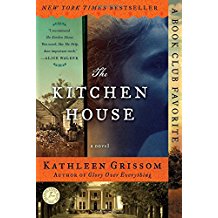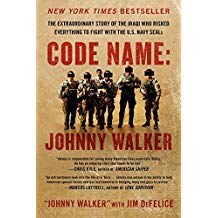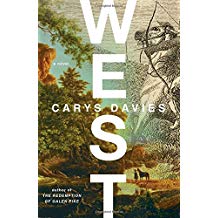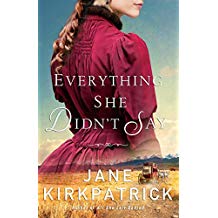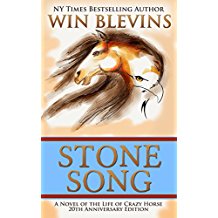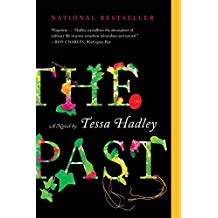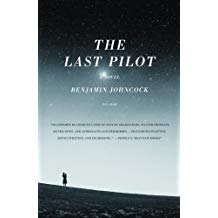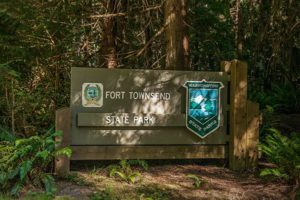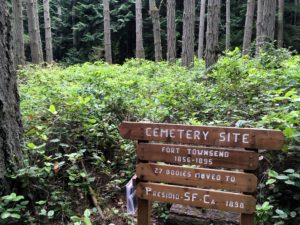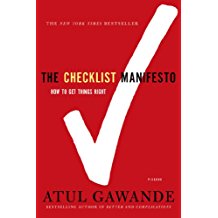 It was 1943 and I was eight years old and in the third grade. My sister, Alice, and I rode a bus to school. After school, I had permission to take a later bus if I wanted to stay and play on the playground, then ride home with Alice, three years older and in the sixth grade.
It was 1943 and I was eight years old and in the third grade. My sister, Alice, and I rode a bus to school. After school, I had permission to take a later bus if I wanted to stay and play on the playground, then ride home with Alice, three years older and in the sixth grade.
Although sometimes I did stay to play with friends, on this day I caught the earlier bus. At the bus stop near my home, I stopped to pet a little puppy, on a leash held by an older man. Before I knew it, the man lifted me into the front seat of his car, ran around, started the car and drove away. I was so stunned, I didn’t move, didn’t speak.
He’d put the puppy in the back seat and scooted me closer to him (it was years before seatbelts) as we sped down the street. I remembered then that I had been told never to speak to strangers, but truthfully, I hadn’t spoken. He reached over and touched me between my legs. Although I didn’t know the word “rape,” let alone what it meant, I knew what he did was wrong. And I knew I was in trouble. I slid over to the door and opened it, fully intending to jump out of the moving car. The air swished in and he shouted his first word, “No!” He reached past me and slammed the door closed.
He brought the car to a screeching halt and said, “Get out.”
I looked around and unbelievably said, “I don’t know my way home.”
He tsked, made a U-turn and stopped at the bus stop where he’d picked me up. “Okay,” he said, “this is where you were.”
I got out and walked home. My sister had already arrived home and my parents were in a state of panic. My father was just coming out the door when I arrived. They were too relieved to scold me, only to say again that I should never speak to strangers.
I never told them the man had “touched” me. I didn’t tell anyone.
Later, when I was in the fifth grade and playing outside during recess, a man stopped his car on the curb alongside the fenced playground. He waved to me, signaling me to come to the car. I assumed he was picking up his son or daughter, perhaps for an appointment, and he wanted me to get his child. I went through the gate and to the car. I was horrified when I saw that he had exposed himself, still sitting in the driver’s seat. I had never seen a man’s penis. I bolted back and he quickly drove away. I have no idea how I had the presence of mind to do it, but I got his license number. I repeated that number over and over as I ran to the school office. I burst through the office door and said to the secretary, “Write this down.” I imagine she could tell something had happened and she wrote down the number as I gave it to her.
Later, my mother told me the school office called and told her what had happened, and praised my quick thinking to get the license number. They reported the incident to the police, but I never heard further about it.
Near the end of my junior year, when I was sixteen, my family acquired a little mixed-breed puppy. At this time we lived directly across the street from Green Lake, in north Seattle. As I usually did after school, I took the puppy for a walk, crossing the street to Green Lake. As we walked along, I noticed that the pup was tangled up in her leash. She wiggled around, making matters worse. We were in a grassy place and I knelt to straighten her out.
A chill went down my spine when I heard a man’s voice. “What kind of dog is that?”
I ignored him, frantically trying to untangle the dog. With a sinking heart I realized that I was completely surrounded by either trees or thick shrubbery. He stood in the only opening.
He repeated the question, with an edge to his voice. “I said what kind of dog is that?”
I acted as though I’d been thinking. “Well, we really don’t know. She’s just a mutt, I guess.” I picked up the pup, still tangled in the leash. I stood, looked up at him and saw that he was fully exposed and playing with himself.
I had no choice. I walked right past him to the path, not looking at him but straight ahead, and crossed the street. My mother was working in a flower bed in our front yard.
“Mother,” I said, “can you see a man in a blue tee-shirt?”
“Yes!” she said, obviously alarmed.
I told her what happened.
“Don’t come into the house, Mary,” she said. “I don’t want him to see where you live. Just walk down the street a couple of houses. Don’t go far. I’ll go into the house and call the police. If you can’t see him any more, come back to the house and come in.”
I walked three houses away, then looked back to the lake. I couldn’t see him, so hurried home. The police came to take my statement and then patrolled the lake. They came back later and said that they didn’t find him.
At school the next day a message came over the intercom calling me to the counselor’s office. I was running for school office, so thought the call was something about that. I wasn’t alarmed…until I saw a uniformed policewoman. I was horrified: what would the kids think?
The police officer asked me to go with her to the precinct to look through mug books for the man I’d seen at Green Lake. We were in the midst of finals and I was scheduled to take a test the next period. I asked if I could go after school, that my boyfriend would take me downtown to the police station. She agreed.
At the police station I went through two huge mug books. Pretty soon all the pictures looked alike. I never found his picture.
Soon after, the park department drastically changed the landscaping at Green Lake. There were no more patches of enclosed places. Most of the shrubbery was removed, leaving only trees. I’ve often wondered if that was because of my and perhaps other similar incidences.
I vividly remember these three instances with all the recent “Me Too” discussions. When girls and women are targeted, there’s something about the encounters that make us shut down, not call attention to ourselves. Maybe we’re getting better about that, being able to openly talk about how we’ve been victimized. I hope so. I was extremely lucky in these instances that I was never physically hurt. But I’ve carried those emotional scars around for years.
In fact, this is the first time I’ve written about it.


